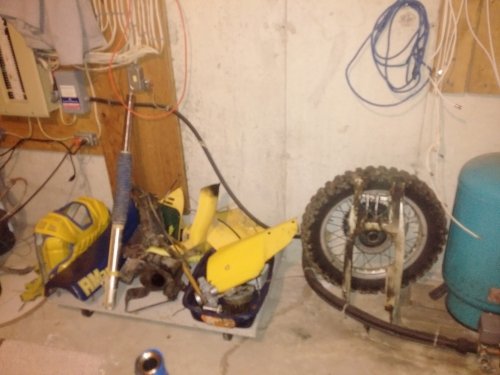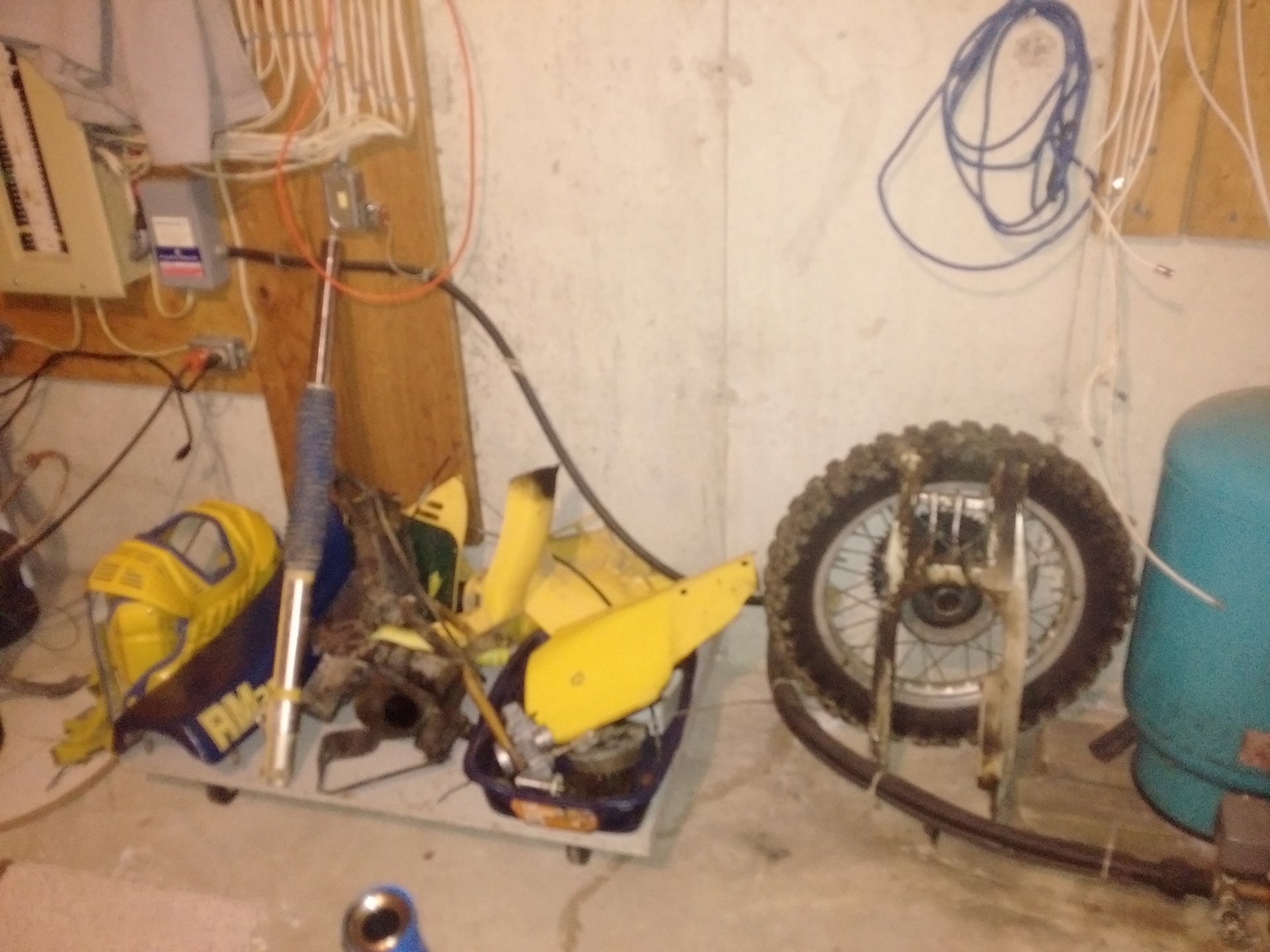Trax 4 BC Help
Markdown is a better way to write HTML, without all the complexities and ugliness that usually accompanies it.
Some of the key benefits are:
- Markdown is simple to learn, with minimal extra characters so it's also quicker to write content.
- Less chance of errors when writing in markdown.
- Produces valid XHTML output.
- Keeps the content and the visual display separate, so you cannot mess up the look of your site.
- Write in any text editor or Markdown application you like.
- Markdown is a joy to use!
John Gruber, the author of Markdown, puts it like this:
The overriding design goal for Markdown’s formatting syntax is to make it as readable as possible. The idea is that a Markdown-formatted document should be publishable as-is, as plain text, without looking like it’s been marked up with tags or formatting instructions. While Markdown’s syntax has been influenced by several existing text-to-HTML filters, the single biggest source of inspiration for Markdown’s syntax is the format of plain text email. -- John Gruber
Headings from h1 through h6 are constructed with a # for each level:
# h1 Heading
## h2 Heading
### h3 Heading
#### h4 Heading
##### h5 Heading
###### h6 HeadingRenders to:
h1 Heading
h2 Heading
h3 Heading
h4 Heading
h5 Heading
h6 Heading
Horizontal Rules
The HTML <hr> element is for creating a "thematic break" between paragraph-level elements. In markdown, you can create a <hr> with any of the following:
___: three consecutive underscores---: three consecutive dashes***: three consecutive asterisks
renders to:
Body Copy
Body copy written as normal, plain text will be wrapped with <p></p> tags in the rendered HTML.
So this body copy:
Lorem ipsum dolor sit amet, graecis denique ei vel, at duo primis mandamus. Et legere ocurreret pri, animal tacimates complectitur ad cum. Cu eum inermis inimicus efficiendi. Labore officiis his ex, soluta officiis concludaturque ei qui, vide sensibus vim ad.If you would like to put a single carrage returen (line feed) you need to put two blank spaces at the end of the first line.
This is a title line, there are two spaces at the end.
This is the paragraph line. if you do not put two blank spaces at the end of the first line, all of the text will be on one line.
Emphasis
Bold
For emphasizing a snippet of text with a heavier font-weight.
The following snippet of text is rendered as bold text.
**rendered as bold text**renders to:
rendered as bold text
and this HTML
<strong>rendered as bold text</strong>Italics
For emphasizing a snippet of text with italics.
The following snippet of text is rendered as italicized text.
_rendered as italicized text_renders to:
rendered as italicized text
Lists
Unordered
A list of items in which the order of the items does not explicitly matter.
You may use any of the following symbols to denote bullets for each list item:
* valid bullet
- valid bullet
+ valid bulletFor example
+ Lorem ipsum dolor sit amet
+ Consectetur adipiscing elit
+ Integer molestie lorem at massa
+ Facilisis in pretium nisl aliquet
+ Nulla volutpat aliquam velit
- Phasellus iaculis neque
- Purus sodales ultricies
- Vestibulum laoreet porttitor sem
- Ac tristique libero volutpat at
+ Faucibus porta lacus fringilla vel
+ Aenean sit amet erat nunc
+ Eget porttitor loremRenders to:
- Lorem ipsum dolor sit amet
- Consectetur adipiscing elit
- Integer molestie lorem at massa
- Facilisis in pretium nisl aliquet
- Nulla volutpat aliquam velit
- Phasellus iaculis neque
- Purus sodales ultricies
- Vestibulum laoreet porttitor sem
- Ac tristique libero volutpat at
- Faucibus porta lacus fringilla vel
- Aenean sit amet erat nunc
- Eget porttitor lorem
Ordered
A list of items in which the order of items does explicitly matter.
1. Lorem ipsum dolor sit amet
2. Consectetur adipiscing elit
3. Integer molestie lorem at massa
4. Facilisis in pretium nisl aliquet
5. Nulla volutpat aliquam velit
6. Faucibus porta lacus fringilla vel
7. Aenean sit amet erat nunc
8. Eget porttitor loremRenders to:
- Lorem ipsum dolor sit amet
- Consectetur adipiscing elit
- Integer molestie lorem at massa
- Facilisis in pretium nisl aliquet
- Nulla volutpat aliquam velit
- Faucibus porta lacus fringilla vel
- Aenean sit amet erat nunc
- Eget porttitor lorem
Links
[Assemble](http://assemble.io)Renders to (hover over the link, there is no tooltip):
Images
Images have a similar syntax to links but include a preceding exclamation point.

Resizing images:
You may add an image to a page and would like to resize it. you can do this with the following syntax: I added "?cropResize=300,300" to the end of the image filename. This means the image will not render any bigger than 300 pixels wide or 300 pixels high

Markdown Extra
Responsive Images
A responsive image is one that takes the full width of the container that it is in and scales to whatever screen you are on. It takes the full width of a phone just as it takes the full width of a large monitor. The image below is done like this:
{.img-responsive}
With Markdown Extra, you can create some buttons on the site.
[Assemble](http://assemble.io){.btn .btn-primary}What you are doing with that code is adding CSS classes to the hyperlink tag. Here are some more buttons:
Default Button
Primary Button
Success Button
Info Button
Warning Button
Danger Button
[Default Button](http://assemble.io){.btn .btn-default}
[Primary Button](http://assemble.io){.btn .btn-primary}
[Success Button](http://assemble.io){.btn .btn-success}
[Info Button](http://assemble.io){.btn .btn-info}
[Warning Button](http://assemble.io){.btn .btn-warning}
[Danger Button](http://assemble.io){.btn .btn-danger} You can also make buttons of different sizes.
Large Default Button
Small Primary Button
X-Small Success Button
[Large Default Button](http://assemble.io){.btn .btn-default .btn-lg}
[Small Primary Button](http://assemble.io){.btn .btn-primary .btn-sm}
[X-Small Success Button](http://assemble.io){.btn .btn-success .btn-xs} Very cool eh?
There is a lot more you can do with Markdown and Markdown Extra. And because the site is built on Bootstrap, you can add bootstrap classes to elements. Below are some links to more things you can do. I suggest you KEEP THINGS SIMPLE and do NOT bother reading more as it can get get overwhelming. You should be able to manage your content just fine with the Markdown editor included in Grav and a few tips above.
